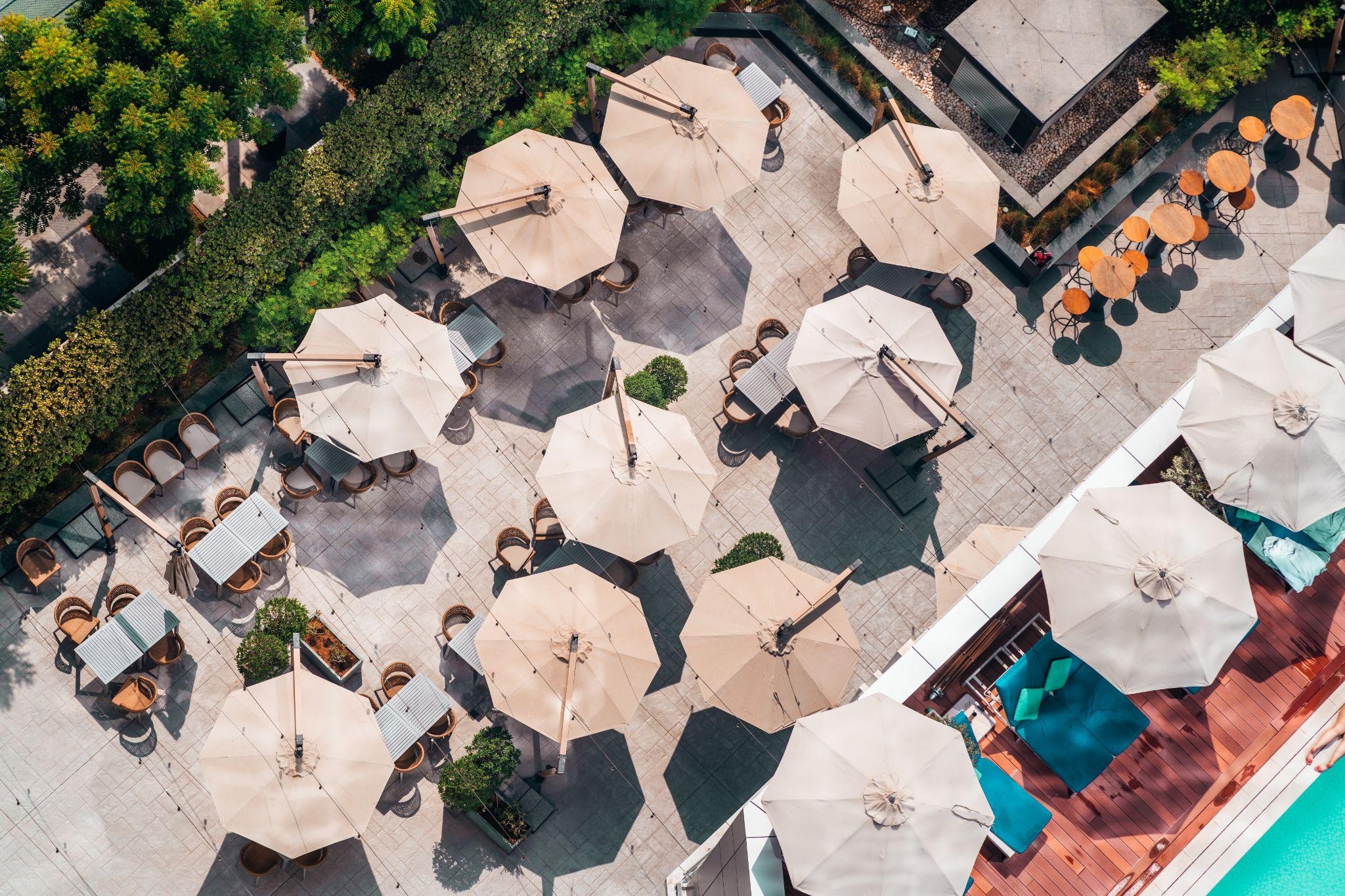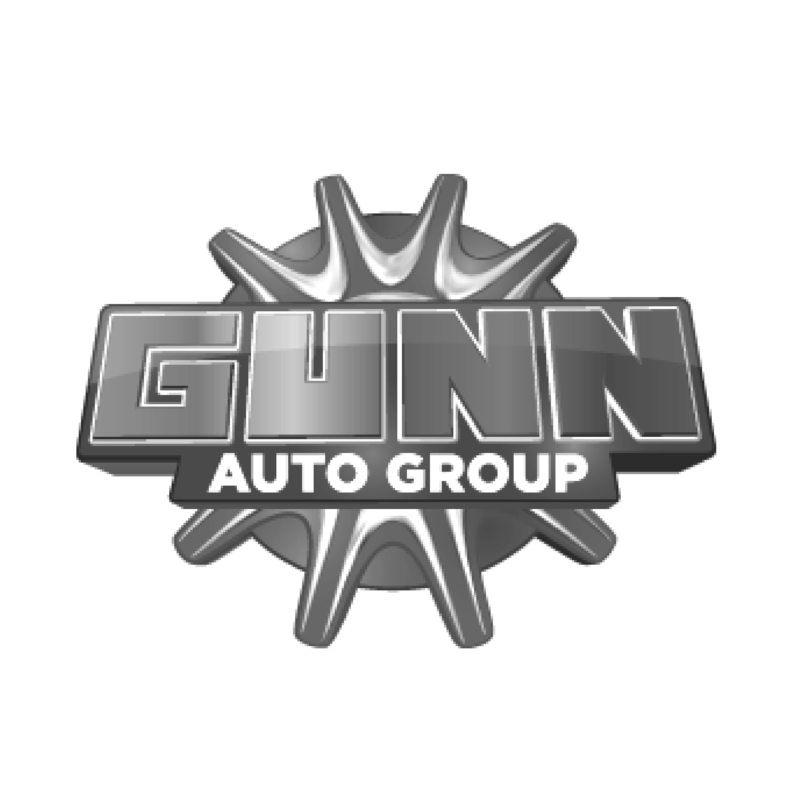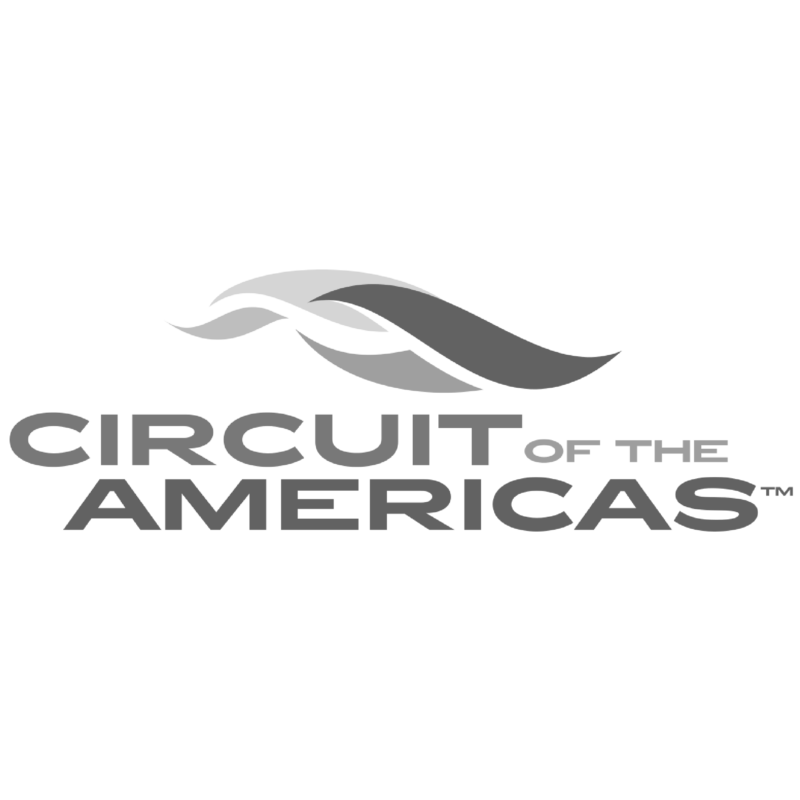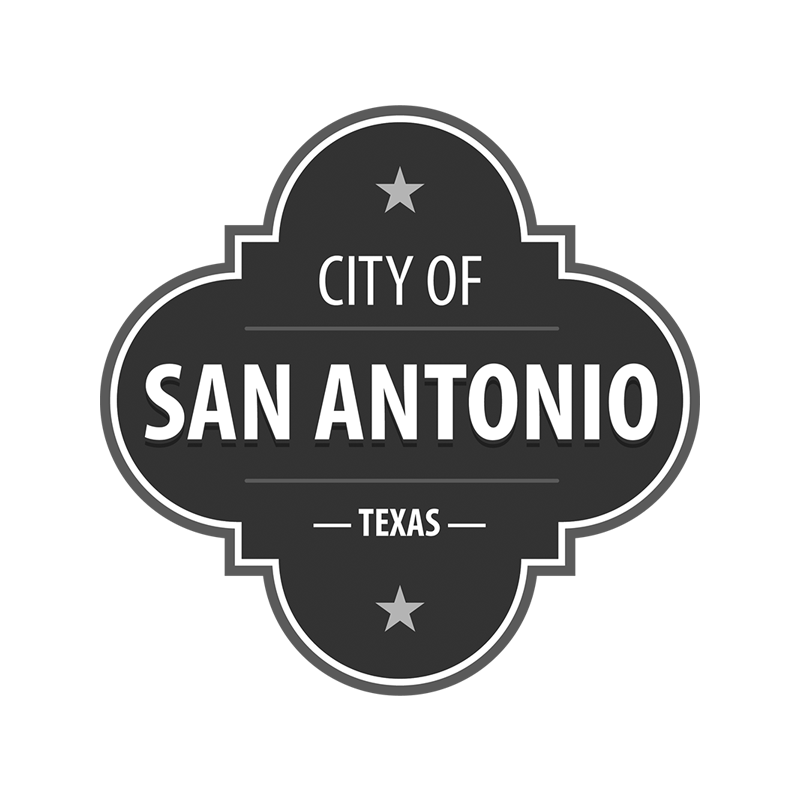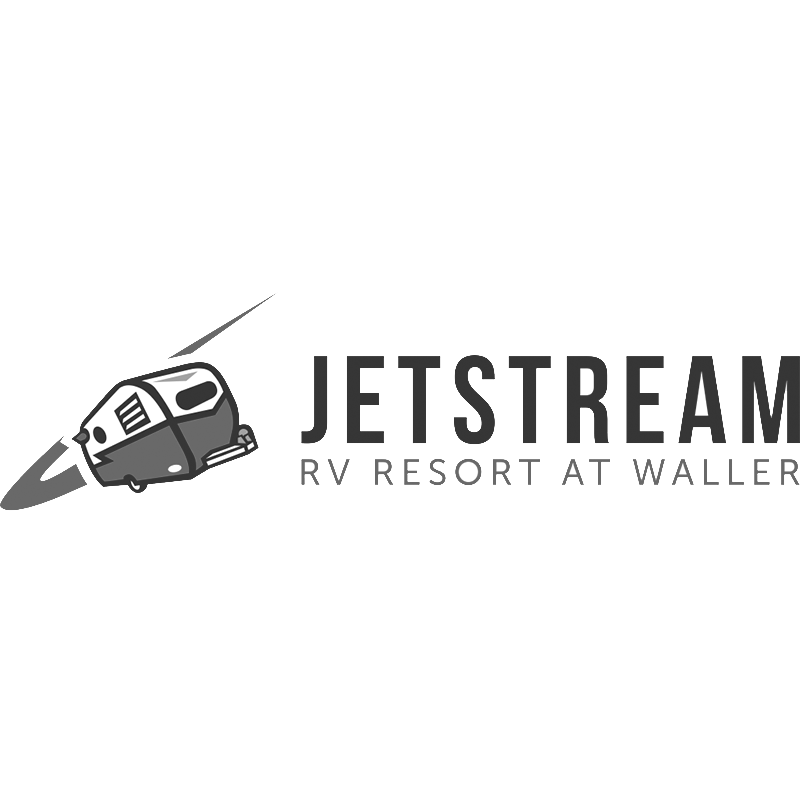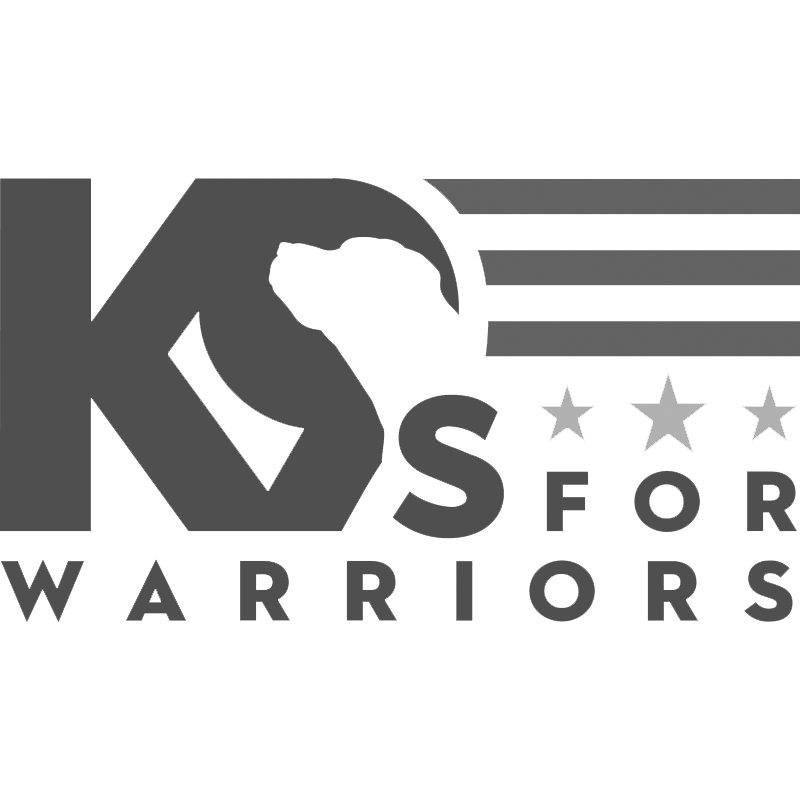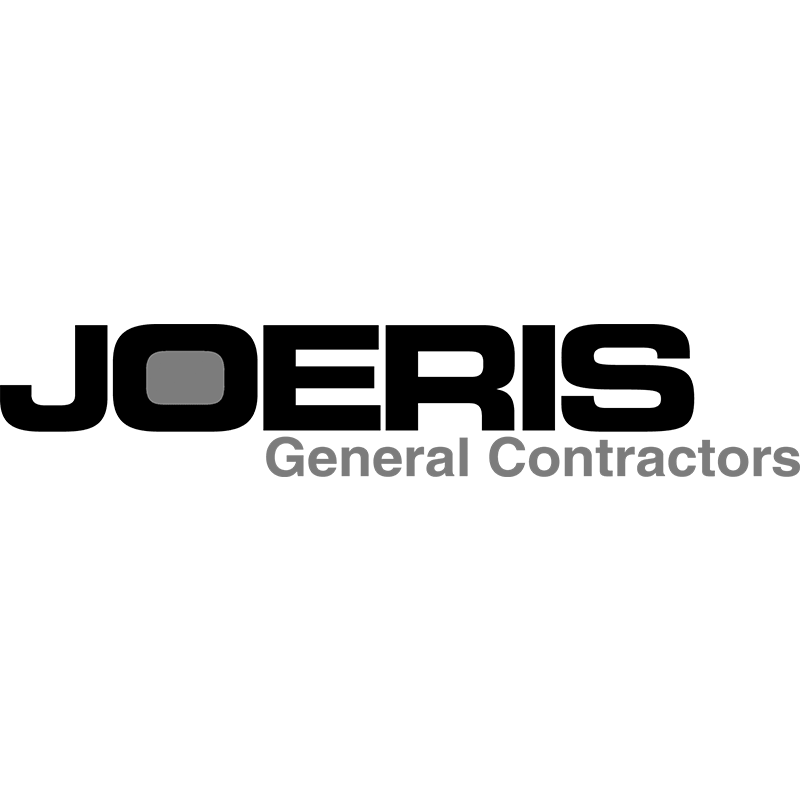Permanent Outdoor Shade Structures in Texas [A Guide for Property Managers]
You’ve likely seen how Texas heat turns great outdoor areas into empty ones. For busy sites, that hurts comfort, safety, and long-term value.
This guide on permanent outdoor shade structures helps you plan with confidence. It reduces surprises and keeps your project on time and on budget.
We’ll cover what Texas property managers need to know. You’ll see how to move from site prep and vendor selection to smooth installation. By the end, you can plan your next project with clarity.
Why Texas Properties Invests in Permanent Shade
The Texas sun is strong. It challenges tenants, guests, and staff all year.
When spaces are unprotected, people avoid them. Those areas stop adding value. That means fewer usable amenities and missed chances to lift satisfaction.
Permanent shade changes that. It helps developers and leasing managers turn outdoor areas into functional, appealing spaces. Well-designed structures can:
- Improve comfort and extend the hours patios, courtyards, and walkways stay useful.
- Protect surfaces, vehicles, and equipment from UV and weather.
- Add a clean, consistent look that supports your brand.
In Texas, these gains are not optional. They help you stay competitive when outdoor usability matters.
Permanent Outdoor Shade Structures in Texas: Key Specs Property Managers Need
Every property is different. Still, a few fundamentals always matter.
Choose the right design and materials early. Doing so prevents rework and delays later. Here’s what most teams review before installation:
- Structure types. Hip and pyramid shades work well for play or seating areas. Cantilevers open up parking rows or tight walkways. Shade sails add flexible, modern lines.
- Materials. Look for UV-resistant fabrics, powder-coated steel, and corrosion-resistant hardware. These stand up to Texas conditions.
- Engineering standards. Confirm local wind loads and safety codes. Make sure submittals show stamped drawings where needed.
These choices affect more than looks. They drive durability, safety, and lifespan. Good materials and engineering reduce future maintenance and downtime.
Pre-Construction Checklist
Strong projects start with alignment. Bring people and site details together before work begins.
Use this quick checklist to stay organized:
- Site audit. Locate utilities, review drainage, and confirm access for equipment.
- Program fit. Define coverage targets and how the shade supports daily use.
- Stakeholders. Involve facilities, leasing, and safety teams early.
- Documents. Gather surveys, as-builts, and brand standards.
This prep keeps the structure working for the property. It avoids surprises that slow the job or disrupt operations.
Budgeting & Procurement for Commercial Teams
Budgeting is more than square footage. Think about performance, warranties, and long-term care.
When you compare proposals, keep it simple and clear:
- Ask for a turnkey scope: design, engineering, fabrication, and installation.
- Review material upgrades that extend service life in high-traffic or coastal areas.
- Choose vendors who know Texas permitting and inspections and can guide timelines.
Aim for value over the full life of the structure. Durable finishes and strong fabrics reduce upkeep. They also protect the guest experience when heat and weather peak.
Selecting the Right “Outdoor Shade Company Near Me” (Texas Edition)
Searching for “outdoor shade companies near me“ is a good start. For commercial sites, experience matters more than distance.
The right partner does more than sell parts. They manage engineering, fabrication, and installation as one plan. As you evaluate providers, look for:
- Credentials and licensing. Confirm engineering and safety compliance.
- Similar projects. Ask for portfolios from Texas properties like yours.
- Crew model. Know who will be on site—staff installers or subs.
- Support. Compare warranty terms and post-install service.
Working with a full-service provider like ShadePro keeps things simple. One accountable team manages the entire process. They handle everything from design to final inspection. That consistency reduces uncertainty and keeps your timeline on track.
Timeline & Milestones
Clear timelines help leasing teams set expectations. Most commercial projects move through the same stages:
- Consultation and site visit.
- Design and engineering.
- Permitting and material fabrication.
- Site prep and installation.
- Final inspection and turnover.
Permits and approvals can slow work. Proactive coordination keeps momentum. Experienced vendors plan submittals, color approvals, and access needs in parallel. That helps avoid pauses once crews are on site.
Construction & Installation: What to Expect On-Site
Installation should feel organized and safe. Most properties stay open during work, so planning matters.
Expect crews to coordinate:
- Access routes and staging areas that keep traffic moving.
- Safety zones and signs that protect tenants and visitors.
- Phasing if multiple structures go in across the site.
Daily quality checks verify anchors, tensioning, and finishes. For property managers, daily updates matter. Knowing what’s happening each day builds confidence. It reassures you that deadlines are on track and safety standards are being met.
Quality, Warranty, and Long-Term Care
Shade is a long-term asset. Protect it with simple care.
After installation, review the three basics:
- Fabric warranties. Many run 10–15 years, depending on grade.
- Frame warranties. Steel frames may extend up to 20 years.
- Maintenance. Annual cleaning and hardware checks go a long way.
ShadePro provides clear warranty and care guides. That makes it easy to keep structures performing and looking their best.
Why ShadePro for Texas Commercial Properties
ShadePro has delivered shade across Texas for over 20 years. The team supports schools, parks, HOAs, developers, and hospitality sites. For commercial clients, the biggest value is simplicity—one partner from concept to completion.
Engineering, fabrication, and installation stay under one roof. That means fewer handoffs, fewer delays, and fewer gaps in accountability.
ShadePro has extensive experience across Texas climates. The team knows which structures perform best in each region. They also understand what materials last longest under local conditions.
Make Your Outdoor Project a Texas Success
Planning your next upgrade? Permanent shade is a smart investment. It improves comfort, extends usability, and boosts property value. It can also lower upkeep and protect your brand experience.
Ready to move from Purchase to Retention? Partner with a team that makes delivery smooth. Contact our Texas project team for a tailored quote.
Then schedule a custom design consultation and see why developers trust ShadePro for reliable, long-lasting commercial outdoor shade structures.
Frequently Asked Questions
1. How long does it take to install permanent outdoor shade structures?
Timelines vary based on project size and permitting. For most commercial sites, the full process—from design approval to final inspection—takes 8–12 weeks. ShadePro streamlines this by managing design, fabrication, and installation in-house, reducing delays and coordination issues.
2. Can permanent outdoor shade structures be customized to match my property’s design?
Yes. Every project is custom-built to fit your site layout, color scheme, and brand style. ShadePro offers flexible options in shape, fabric, and frame finishes. Customization ensures your structure blends seamlessly with the surrounding architecture and enhances your property’s appeal.
3. What maintenance do permanent outdoor shade structures need?
Maintenance is simple. Most structures only need an annual inspection, fabric cleaning, and occasional tightening of hardware. ShadePro provides an easy maintenance guide and clear warranty coverage, helping property teams manage upkeep without extra labor or cost.
4. Are permits required for installing shade structures in Texas?
In most Texas cities, yes. Permits and engineering approvals are required to ensure safety and compliance with wind load and structural codes. ShadePro handles this for you, working with local authorities to make the process faster and hassle-free.
5. How do permanent outdoor shade structures add value for commercial properties?
Permanent shade improves comfort, reduces heat exposure, and extends outdoor usability. This helps attract tenants, boost occupancy, and increase property value. For leasing managers, it’s a simple upgrade that makes common areas more inviting and profitable long-term.

